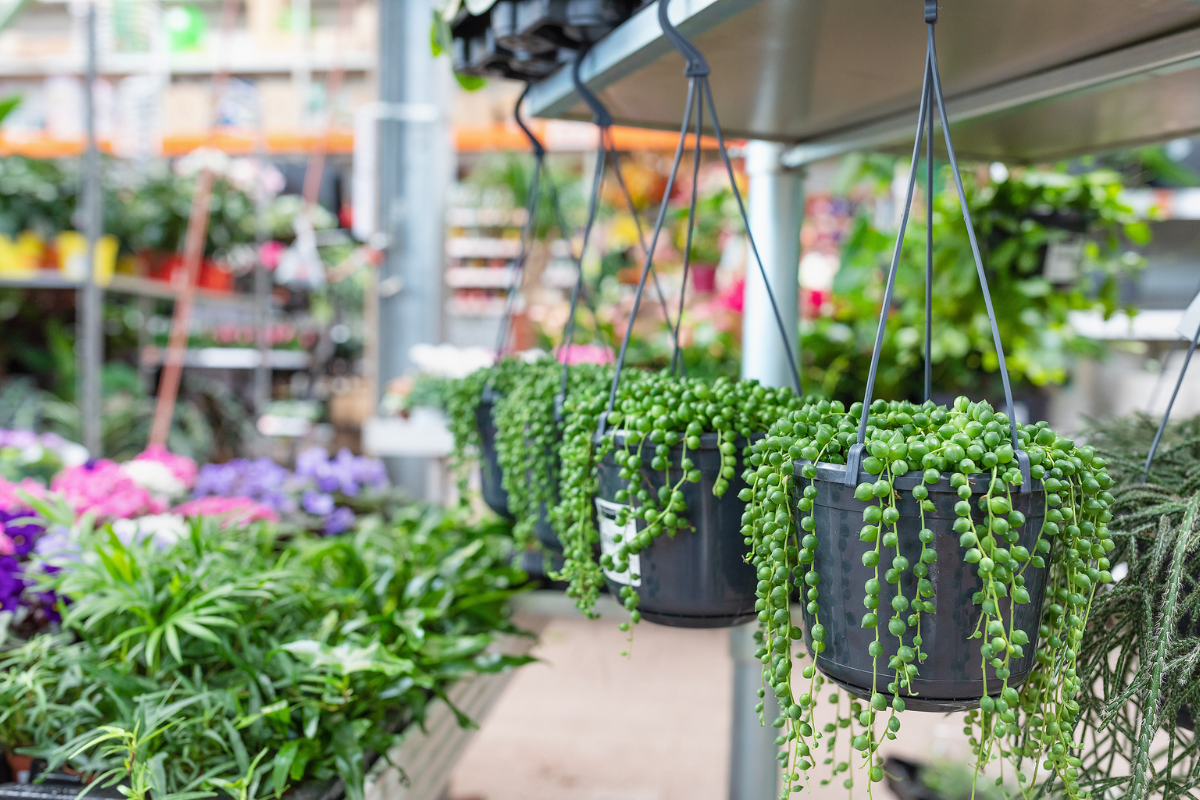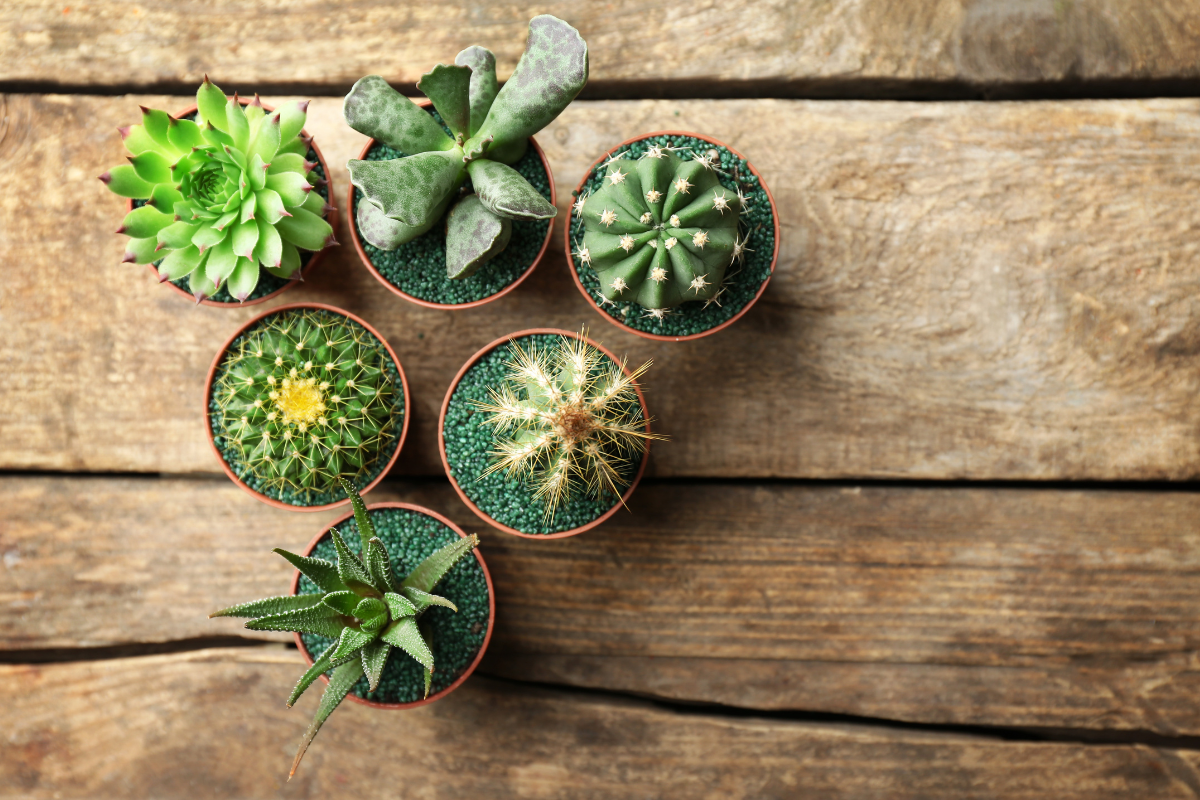Are you looking for a low-maintenance and visually appealing way to spruce up your indoor or outdoor space?
The hanging succulents add an interesting dynamic to any garden, and they also require minimal care and attention. Whether you have partial sun or shade, there is a hanging succulent perfect for your space.
In this article, we will explore the 6 best succulents for hanging baskets that will elevate your gardening game. So let’s get started!
Table of Contents
6 Best Hanging Succulents
Hanging succulents are a perfect choice for indoor gardens, as they add a touch of green to any space without taking up valuable floor space.
In fact, these plants can be hung from the ceiling or mounted on walls to create an appealing and unique visual effect.
Here is a list of the 6 best hanging succulents:
i) Burro’s tail
Also known as donkey tail. This plant is originally from the regions of southern Mexico.
These plants in their natural habitat can grow up to a length of 24 inches. They are identified by their beautiful fleshy blue-green leaves and red flowers.
They grow well in temperate condition and thrives best even in very low temperature of 4 to 45 Fahrenheit.

When grown indoors they require a good amount of lighting but not direct or too much sunlight.
They require moderate water. succulents in general can grow in drought conditions without any problems.
But during dormant seasons such as winters, they don’t require too much watering.
ii) Million hearts
These hanging succulents are mainly used as decorative plants as their offer an aesthetically pleasing look to their environment.
They have strong, short heart-shaped green leaves and the plant can grow up to 3.3 feet. The plant is called million hearts because the leaves when dense look similar to million hearts hanging.
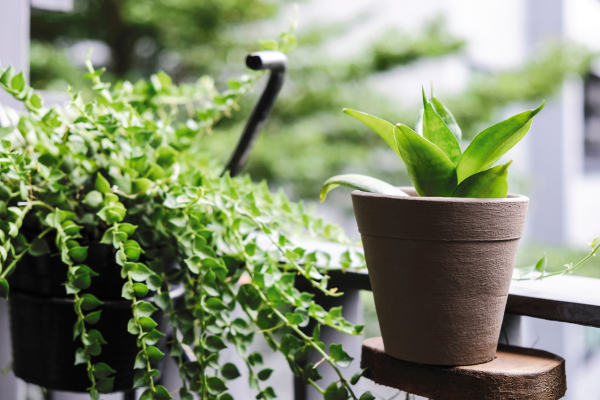
These plants usually grow tiny cute white flowers. They are native to the regions of Philippines
iii) Little pickles
These plants are commonly known as ruby necklaces in Australia and are generally native to the eastern cape of South Africa.
They are hanging succulents that have French bean-like long slender leaves that are usually blue-grey in color and are usually spirally arranged.

It grows beautiful yellow flowers. They are suitable for indoor hanging pots and they don’t require too much watering.
iv) Trailing jade
These succulents are native to the regions of the tropical rainforest of South America.
They have tender long hanging stems and thick, small, and succulent leaves that resemble buttons. That is why they are commonly known as creeping buttons.
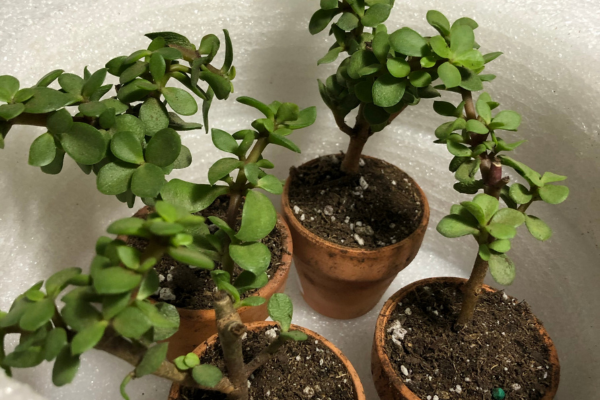
These plants grow well in moist, dark, and shaded environments. They require high levels of humidity, especially during summer.
While watering them make sure the soil is wet and not soggy. overwatering these plants can cause them to rot and develop bumps on their leaves.
The ideal range of temperature for these plants are 16 to 24 degree Celcius
v) String of buttons
This plant traces its origin back to the regions of south africa. They have long, unbranched stems.
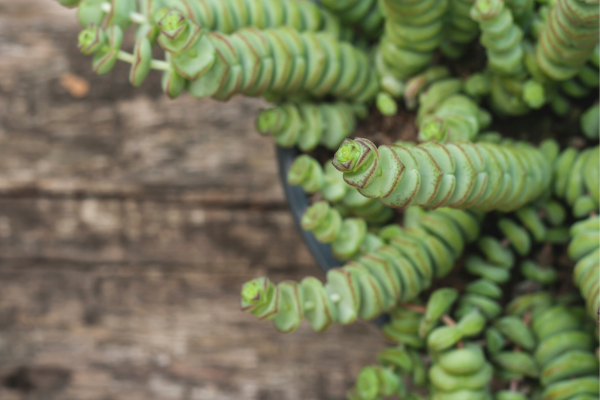
Just like other succulents, they can thrive in indirect lighting with moist soil. And they are an amazing addition to the succulent hanging collection.
vi) Christmas cactus
These plants normally prefer humid, dark, and shady environments.
The stems of this plant have multiple fleshy leaf-like structures that are joined together resembling that of a Christmas tree hence the name Christmas cactus.
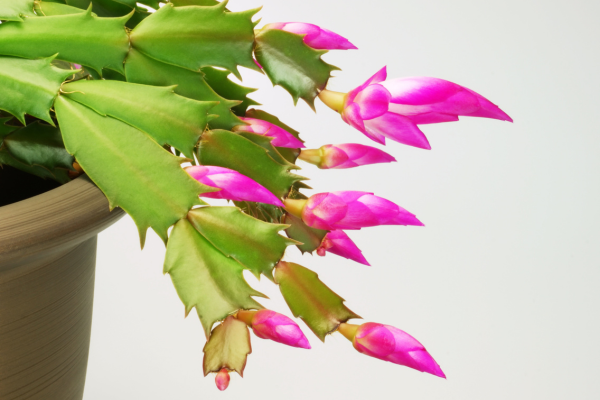
They bloom beautiful flowers with a gradient of pink and white. These plants are native to the southeastern Brazil region.
Remember to also take good care of your hanging succulent by providing it with proper drainage, soil mixtures, and fertilization.
By following these simple steps, you’ll be able to enjoy a beautiful display of lush foliage all year round.
So why not try adding some hanging succulents to your garden today? What succulents are you going to add to your garden? Let us know in the comments!
